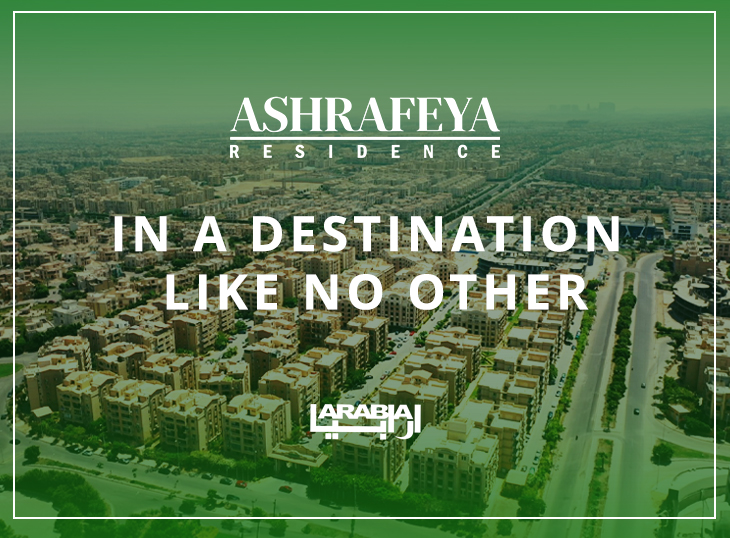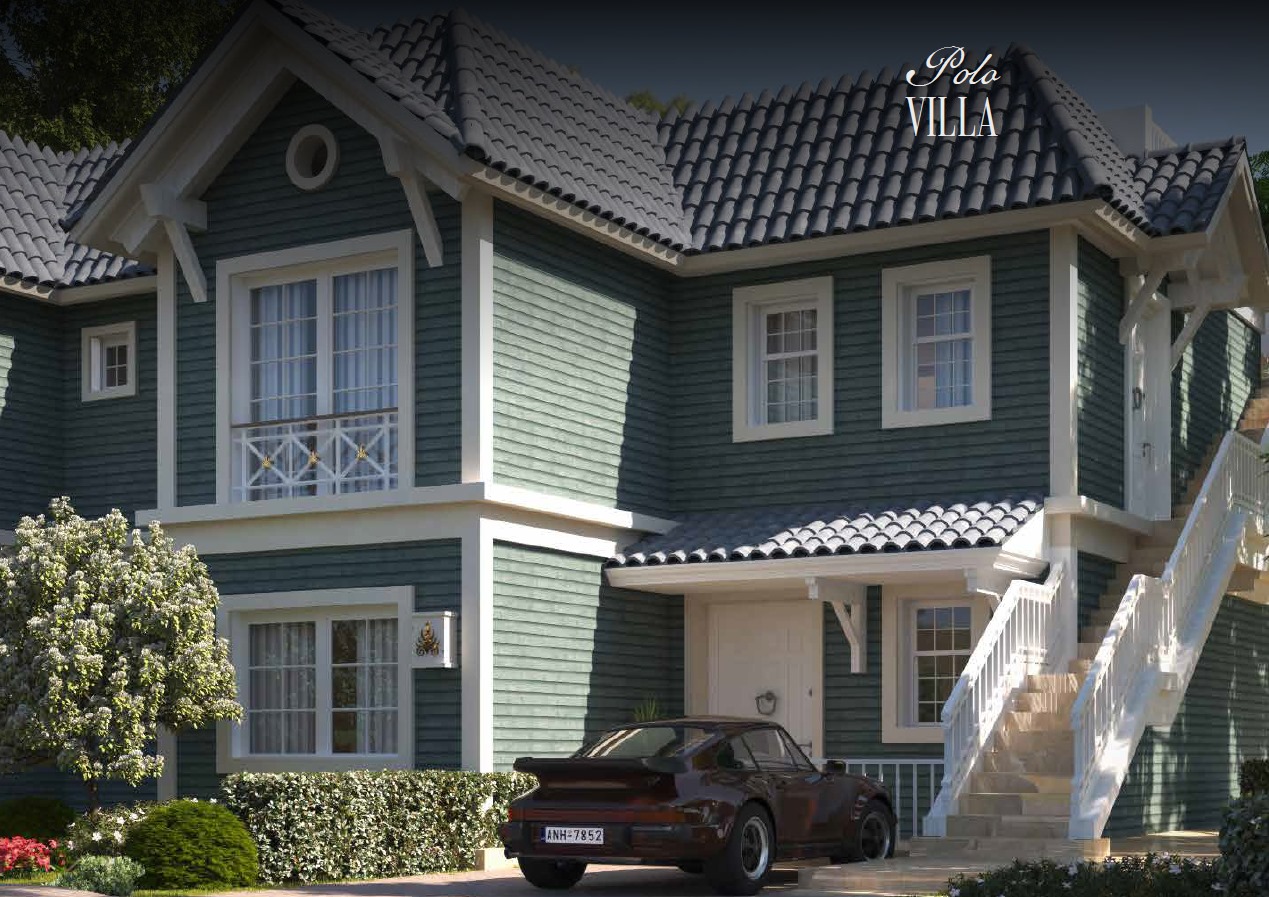No one can deny the development that Egypt has witnessed in roads and bridges in recent years. Where the average citizen can notice the change in the shape of the roads that he uses daily and the impact of the new roads on the efficiency of transportation, commuting, and movements within Cairo and Giza, as well as the highways that connect the rest of the governorates with each other.
The importance of constructing new roads and bridges comes as a result of the general tendency in the government's policy towards improving the level of transportation, and road networks to raise the standard of living of the citizen, as well as the ability to facilitate trade and transport products, as well as attracting foreign investments to Egypt.
Work began toward this vision when President Abdel-Fattah El-Sisi assumed his current position as President of Egypt. Among his presidential program was the development of a basic plan for achieving development through the National Roads and Bridges Project Program.
Egypt's Vision 2030 includes three basic dimensions for achieving sustainable development, top of which are the economic dimension and the social dimension. Certainly, the efficiency of roads and bridges affects the citizen's daily life directly, as well as the economic movement accordingly.
In this topic today, we will share a talk about bridges, their importance, and the history of bridges in Egypt.
For more weekly topics and articles, you can always follow them through our website. We recommend these articles to you:
- The Line Neom 2030 Go where the future is, you will be amazed
- Tarboul Industrial City, your simple guide to all the details of the city
The importance of building bridges
Bridges are an essential element in developing the road network and raising its efficiency. The primary task of bridges is to facilitate movement from one point to another and aims to overcome any obstacle to movement or traffic, whether it is a river, another road, or any area that cannot be crossed.
Bridges essentially relieve road pressure and provide a faster, easier, and time-saving alternative. The construction of bridges is not a modern thing, especially in Egypt. Centuries ago, Egypt witnessed the first construction of bridges, which still maintain their splendor and perform their practical role very well until now. In the coming paragraphs, we will introduce you to the most famous historical bridges in Egypt.
Types of bridges and their classifications
Bridges are divided according to two main components. The first element is the division in terms of the type of use and the second element is in terms of the building materials used.
Types of bridges in terms of use:
- Bridges for cars or pedestrians
- Railway bridges
- Bridges for lines and pipes
- Temporary bridges
Types of bridges in terms of building materials:
- Concrete bridges
- Concrete bridges poured on site
- Precast concrete bridges
- Metal bridges
- Hanging bridges
- Stone bridge
Certainly, each type of bridge has advantages and characteristics that distinguish it from others, and the use of each type depends on the mission and the main objective that the bridge will work on. The main rule in the construction of bridges is to maintain the quality of the bridge and take into account the element of durability and endurance more than focusing only on the external side and the shape of the bridge.
The mission of the bridge always remains its ability to bear the weight and provide the element of safety first. It is known that the life span of bridges is to continue to work efficiently for a period of up to 100 years, as they are long-term projects, not temporary, which is proven by the presence of bridges in Egypt that are more than 100 years old and are still working basically and well. A boom in the road and bridge network in Egypt in recent years.
Over the past 8 years, Egypt has witnessed a large number of new road projects as well as bridges. There is no doubt that these projects had a direct and rapid impact that the Egyptians could immediately feel in their daily lives.
Since 2014, we have started to focus on road and bridge projects, and it has been planned to implement the national road project with a total of 8,000 km. Bridge projects occupied a large part of the development plan to establish about 1,000 bridges.
The National Roads Project is one of the most prominent achievements of the government of President Abdel Fattah El-Sisi and the Ministry of Transport. About 900 bridges and tunnels have been completed so far, and examples of these bridges are:
- 5 bridges on the road to Benha Mansoura
- The Directorate Bridge above the two railway slides
- 26 bridges in East Cairo
- 7 flyovers on the Cairo-Alexandria Agricultural Road
4 historical bridges in Egypt
El-Galaa Bridge
It was previously called the English Bridge, but after the 1952 revolution, its name was changed to El-Galaa Bridge. The bridge was constructed in 1914, and it corresponds to the Qasr al-Nil Bridge from the side of the western branch.
The length of the bridge is 145 meters and its width is 19 meters. Al-Galaa Bridge has recently undergone a process of development and restoration to keep its carrying capacity in line with the density and number of cars passing through it.
Qasr El Nil Bridge
The most famous bridge is in Cairo and Giza. Its construction began in 1869 during the reign of Khedive Ismail and it was completed in 1871. The main objective of the bridge was to cross the Nile and connect Cairo and Giza.
A French company supervised the construction of the Qasr El Nil Bridge, and the cost of the bridge was 113,850 Egyptian pounds. The bridge is 406 meters long and 10.5 meters wide.
Among the most famous features of Qasr El, Nil Bridge are the four lions at the bridge entrances on both sides. These lions are considered an essential part of the bridge’s uniqueness making it distinct. The story begins when Khedive Ismail commissioned a French artist to implement these statues. Khedive Ismail was known to be influenced by the West and his desire to implement projects that mimic what he sees in European countries such as France.
Imbaba Bridge
It is also called the Upper Egypt Train Bridge, and it is a bridge made of iron and steel that connects Cairo and Giza, and specifically links the Bulaq Abu El-Ela neighborhood, Rawd El-Farag, and the Imbaba region in Giza.
Imbaba Bridge consists of two lanes for cars and pedestrians to cross, and a railway line passes through it for trains coming from Upper Egypt to Cairo and vice versa.
It is considered one of the most important bridges because it is the only train line that passes over the Nile River. The bridge was established and constructed during the reign of Khedive Abbas Helmy II. The French engineer David Tremblay designed and supervised the implementation of the Imbaba Bridge. The length of the bridge was 495 meters, but some modifications were made to it in the year 1927. They moved part of the bridge to Damietta, which is referred to as the Damietta Bridge.
Abbas Bridge
The name of Khedive Abbas Helmy II was given to the bridge, and they changed the name of the bridge to the Bridge of Giza after the revolution of July 23, 1952, but it was still referred to by its original name.
The bridge was originally designed to have a movable one that enables it to be opened to facilitate the crossing of sailboats, but this feature was dispensed and replaced with a bow. The bridge has witnessed multiple restoration and rebuilding operations over the decades.
Road projects are not only the only achievements that Egypt has witnessed in the urban development and construction sector, as new cities are also considered one of the most important national projects that will have a strong and positive impact on the economy and the livelihood of citizens, as it opens the opportunity for urban expansion and moving away from places with high population density.
The New Administrative Capital is at the forefront of the fourth-generation cities and comes with the New Alamein City to provide an opportunity for all those wishing to live all year round on the North Coast. You can learn more about the new cities through the following links:
- Your guide to investing in the new administrative capital.
- New Alamein is a mega city on the North Coast... live by the sea
You can always benefit from Inland free consultations by contacting us directly at this number 01003366453. Also, you can browse the projects to stay updated with all new real estate projects in Egypt.










